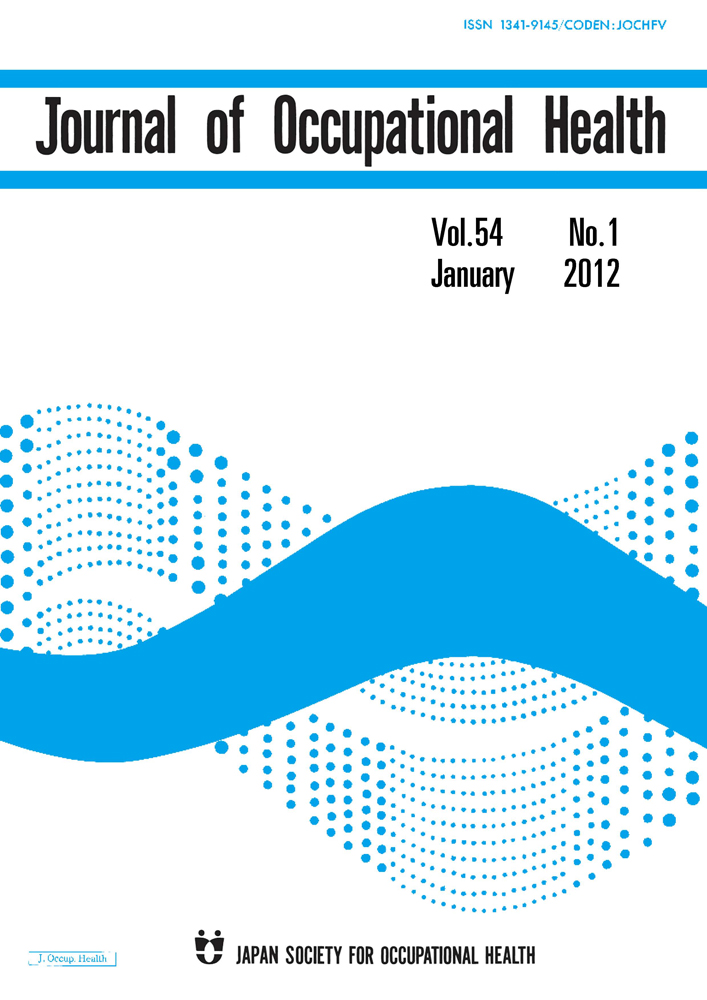Maternal Working Hours and Early Childhood Overweight in Japan: A Population-based Study
Abstract
Maternal Working Hours and Early Childhood Overweight in Japan: A Population-based Study: Toshiharu MITSUHASHI, et al. Department of Epidemiology, Okayama University Graduate School of Medicine, Dentistry and Pharmaceutical Sciences—
Objectives
There has been a growing concern that maternal employment could have adverse or beneficial effects on children's health. Although recent studies demonstrated that maternal employment was associated with a higher risk of childhood overweight, the evidence remains sparse in Asian countries. We sought to examine the relationship between maternal working hours and early childhood overweight in a rural town in Okayama Prefecture.
Methods
In February 2008, questionnaires were sent to parents of all preschool children aged ≥3 yr in the town to assess maternal working status (working hours and form of employment), children's body mass index, and potential confounders. Childhood overweight was defined following the age and sex-specific criteria of the International Obesity Task Force. Odds ratios (ORs) and 95% confidence intervals (CIs) for childhood overweight were estimated in a logistic regression. We used generalized estimating equations with an exchangeable correlation matrix, considering the correlation between siblings.
Results
We analyzed 364 preschool children. Adjusting for each child's characteristics (age, sex), mother's characteristics (age, obesity, educational attainment, smoking status, and social participation), and family's characteristics (number of siblings), children whose mothers work <8 h/day had a substantially lower risk for being overweight (OR: 0.28, 95% CI: 0.09, 0.93) compared with children of non-working mothers, whereas the relationship was less pronounced among children whose mothers work ≥8 h/day (OR: 0.71, 95% CI: 0.19, 2.68). We observed similar patterns in a stratified analysis by the form of maternal employment.
Conclusion
Short maternal working hours are associated with a lower odds of early childhood overweight.




